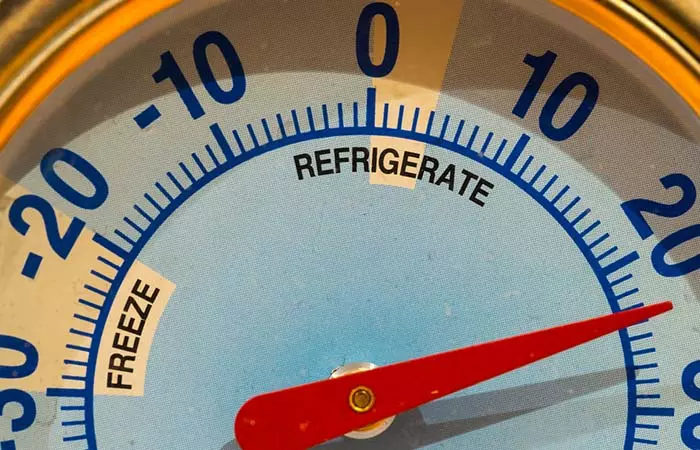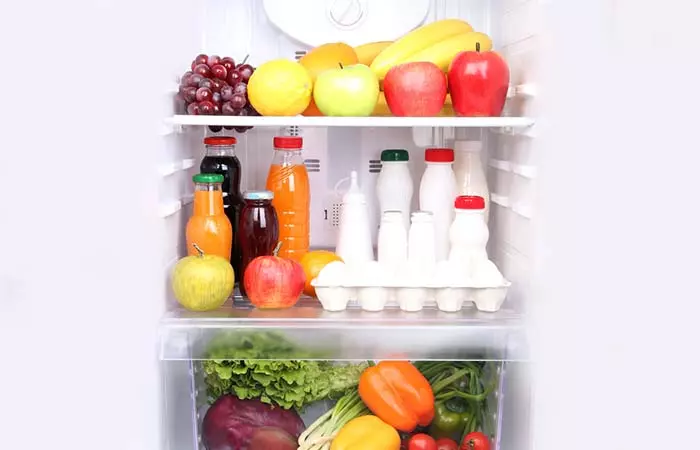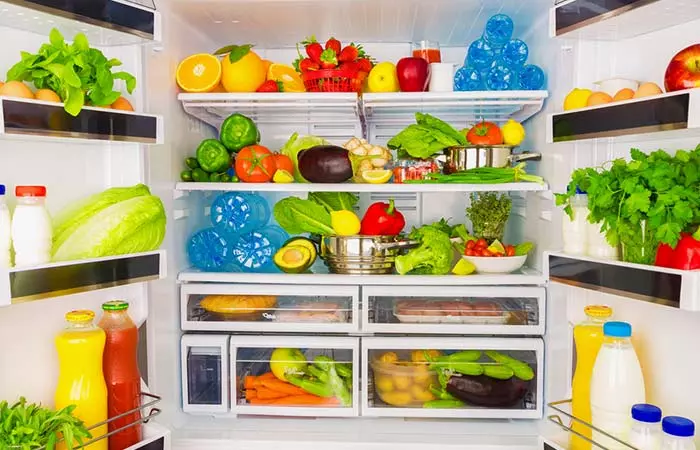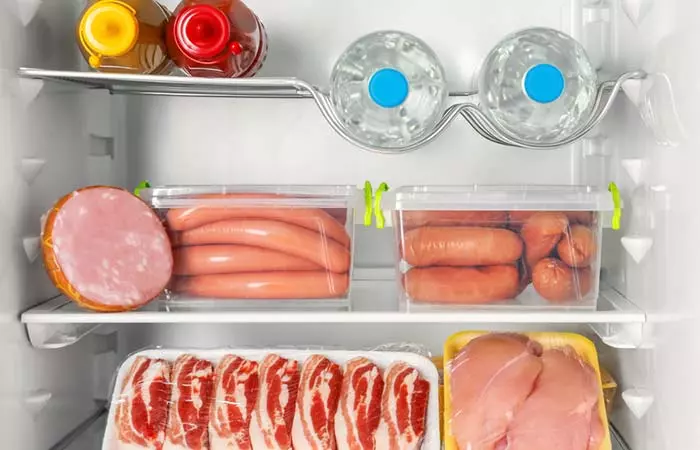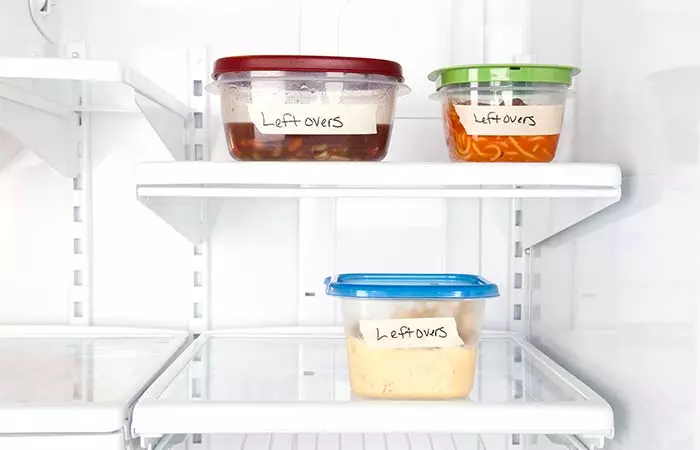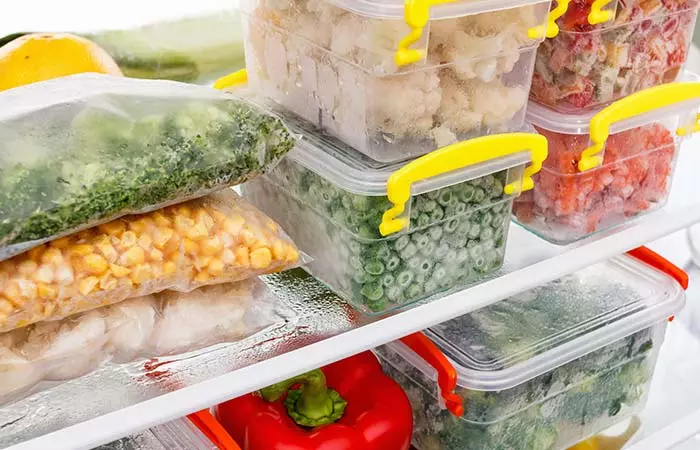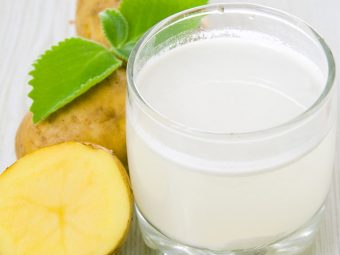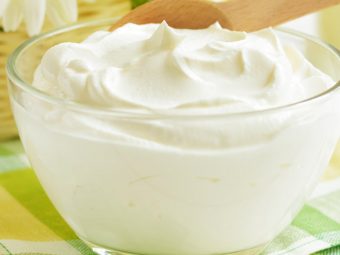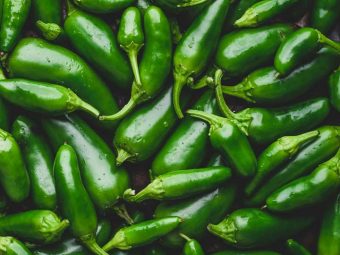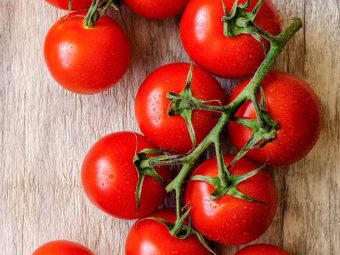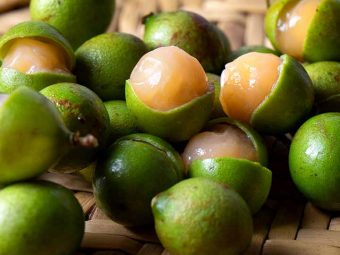Are You Refrigerating Your Food The Right Way?

Image: Shutterstock
Storing food in the refrigerator isn’t as simple a task as it seems to be. The refrigerator is akin to a time capsule. Summers or winters, whatever season it may be, a fully stocked fridge will never let you hit the sack feeling hungry.
But, the refrigerator is just a cold-hearted machine after all. The onus is on us to use the right containers and storage methods to ensure that the food remains untouched by bacteria. The refrigerator cannot use its magical powers to undo the spoilage of perishable foods that are caused by our laxity in handling them.
Here are some guidelines that will help you organize your refrigerator to maximum efficiency:
1. Turn Down The Cool
If you think the fridge is just a big closet, cold enough for your food to be safe, think again. Setting the right temperature is vitally important. The refrigeration temperature should be maintained at -5°C, and the temperature of the freezer should ideally be -18°C. If the fridge is too warm, the stored food won’t be safeguarded from bacteria for long. Keeping the fridge too cold wouldn’t necessarily harm the food, but it won’t retain its original taste due to the ice buildup. It is important to ensure that the temperature in the freezer is much lesser than the room temperature to avoid premature defrosting.
2. Organize Food Evenly
Storing food in the refrigerator in a random order can hamper the refrigerator’s ability to extend proper cooling. Be it refrigerating a slice of pizza, a box of chocolates or packaged foods, there should be a method to the food-storage madness. Stockpiling food in small volumes and in shallow airtight containers is the right way to organize your fridge.
Most refrigerators have a combination of cold and hot spots — the coldest being 0.5°C and the warmest being 3°C. The back part of the bottom and top shelf are the coolest spots in a fridge, this is because of the placement of the fan and the condenser, whereas the warmest spot lies in the middle part of the fridge. So, now you know how to organize food according to the level of cooling it requires.
3. Using Right Storage Techniques
To understand the right method to keep your food fresh and safe, allow us to take you through what an ideal fridge would look like.
The top, middle, and the bottom shelves of the refrigerator can be looked at as three different territories. The top being the territory of ready-to-eat foods like sun-dried tomatoes, pickled products, and fridge-friendly fruits like apples and oranges. The middle shelf is for the leftovers, cold cuts, and sandwich bread. On the other hand, the bottom shelf is strictly for meat, poultry, and dairy products. Unmindful crowding of the fridge can cause the food to decay or develop a bad odor.
4. Know Your Food’s Shelf Life
Unlike packaged food that is loaded with preservatives, fresh juices, cut fruits, and vegetables have a very short lifespan, even when kept refrigerated. Fresh juices are at their prime when out of the juicer; therefore, prolonged refrigeration of fresh juices leads to loss of nutrients as well as staling. Knowing the shelf life of your food helps in better storage of it.
5. Where Does The Meat Go?
Meat, fish, and any form of poultry should be stored at or below 18 degree Celsius. Although the refrigerator does a wonderful job of freezing their freshness and taste, storing these potentially hazardous foods for a prolonged period is not a good idea. It is important to cover it and store it below the cooked food items.
6. Where Do The Veggies and Fruits Go?
Stacking fresh produce can be tricky. Presence of ethylene gas can cause vegetables and fruits to die prematurely. Bananas, avocados, peaches, plums, pears, tomatoes, and nectarines are known as gas releasers, and they are not compatible to be stored with other produce. All the other fruits and vegetables can be stored in the vegetable crispers that are temperature and moisture controlled. However, make sure that the fruits and vegetables are not packed in airtight containers or bags; else it will swift up the decay process.
7. Label Your Food To Avoid Confusion
What’s in a name? The cooked food that is kept for later consumption should be labeled with the date of preparation and the name of the food. Labeling with stickers makes it easier to identify what’s on the borderline of going rancid and what’s fresh.
8. Packaging Is Key
When food isn’t stored properly, it can decay or create a comfortable environment for bacteria to grow. Tin and plastic containers are a strict no-no. Tin causes the food to develop a thin layer of metallic waste, while plastic is made of harmful chemicals. The idea is to pack and store food in containers that can withstand temperatures without breaking, cracking, or shattering.
And we thought all we had to do was just open the door and dump the food! A little effort is all it takes to keep your refrigerator and tummy happy. So, we’re cool?

